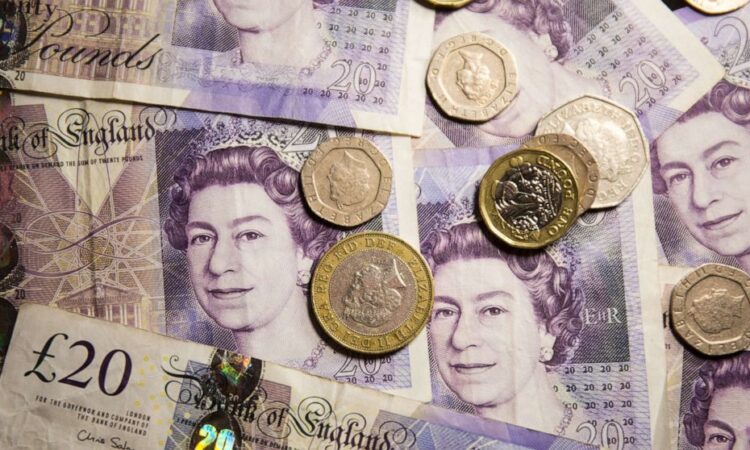
She appears on currency in Britain, Australia, Canada and other countries.
Queen Elizabeth II, who died on Thursday after ruling for seven decades, is a fixture of popular culture worldwide with depictions on shows like “The Crown” and movies like “The Queen.”
But her image is also featured on millions of banknotes and coins across the globe.
British coins featuring Elizabeth were first made available in 1953, a year after she ascended to the throne, according to the nation’s coin supplier, Royal Mint. In 1960, Elizabeth became the first British royal to have a photo featured on paper bills.
Her likeness also appears on currency in Commonwealth countries, such as Canada, New Zealand and Australia, among others. Further, she appears on coins and bills made available by the Eastern Caribbean central bank.
As King Charles III ascends to the throne, the succession raises questions about what will happen to money that features Elizabeth, and whether currency with depictions of Charles will begin to circulate.
Here’s what to know about what will happen to money as British royalty changes hands:
What will happen to British money?
Brits need not worry about whether money that features Elizabeth remains legitimate. In a statement on Thursday, the Bank of England confirmed that banknotes with Elizabeth will continue to be legal tender.
“As the first monarch to feature on Bank of England banknotes, the Queen’s iconic portraits are synonymous with some of the most important work we do,” Bank of England Governor Andrew Bailey said in a statement.
Additional details about currency changes are expected in the coming days. The Bank of England will make “a further announcement” after a 10-day period of mourning has passed, Bailey said.
What will happen to Canadian money?
Elizabeth appears on coins and C$20 ($15.28) banknotes in Canada, which cut legal ties with England in 1982 but remains a part of the British Commonwealth.
Paul Badertscher, spokesman for the Bank of Canada, told ABC News that currency featuring Elizabeth stands as legal tender. The country does not have plans in place to change the banknotes he said.
“The current polymer $20 bank note is intended to circulate for years to come,” Badertscher said. “There is no legislative requirement to change the design within a prescribed period when the Monarch changes.”
“As always, the Minister of Finance is responsible for approving the form and material of any new bank note, including the portrait subject,” he added.
What will happen to currency elsewhere that features Elizabeth?
In Australia, Elizabeth appears on the $5 bank note as well as a host of coins.
That money will remain in circulation and will not be withdrawn, since the country plans “no immediate change to Australian banknotes,” according to the Australian Central Bank, news outlet The Senior reported.
The country is expected to release a new $5 bill that features Charles, the Australian Central Bank told The Senior.
Similarly, in New Zealand, the $20 bill featuring Elizabeth will remain in use but the country is expected to release a replacement with Charles at a later date. The same goes for various coins in New Zealand on which Elizabeth appears.
How will King Charles III appear on money?
Britain’s Royal Mint is expected to issue coins bearing Charles.
Since the throne belonged to King Charles II, in the 17th century, British coinage has abided by a tradition in which a new leader’s face appears in the opposite direction of his or her predecessor.
In turn, Charles is expected to appear on coins facing left, in contrast with Elizabeth, who faces right.



